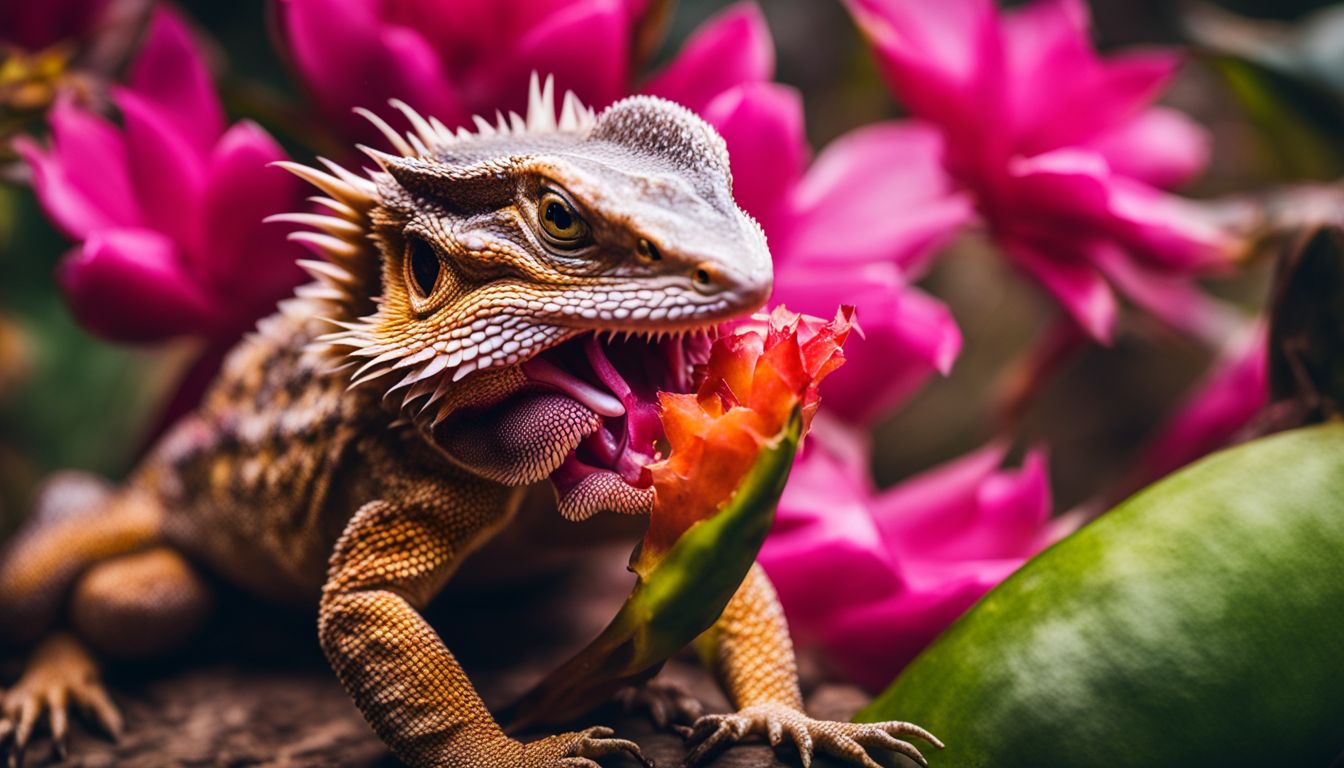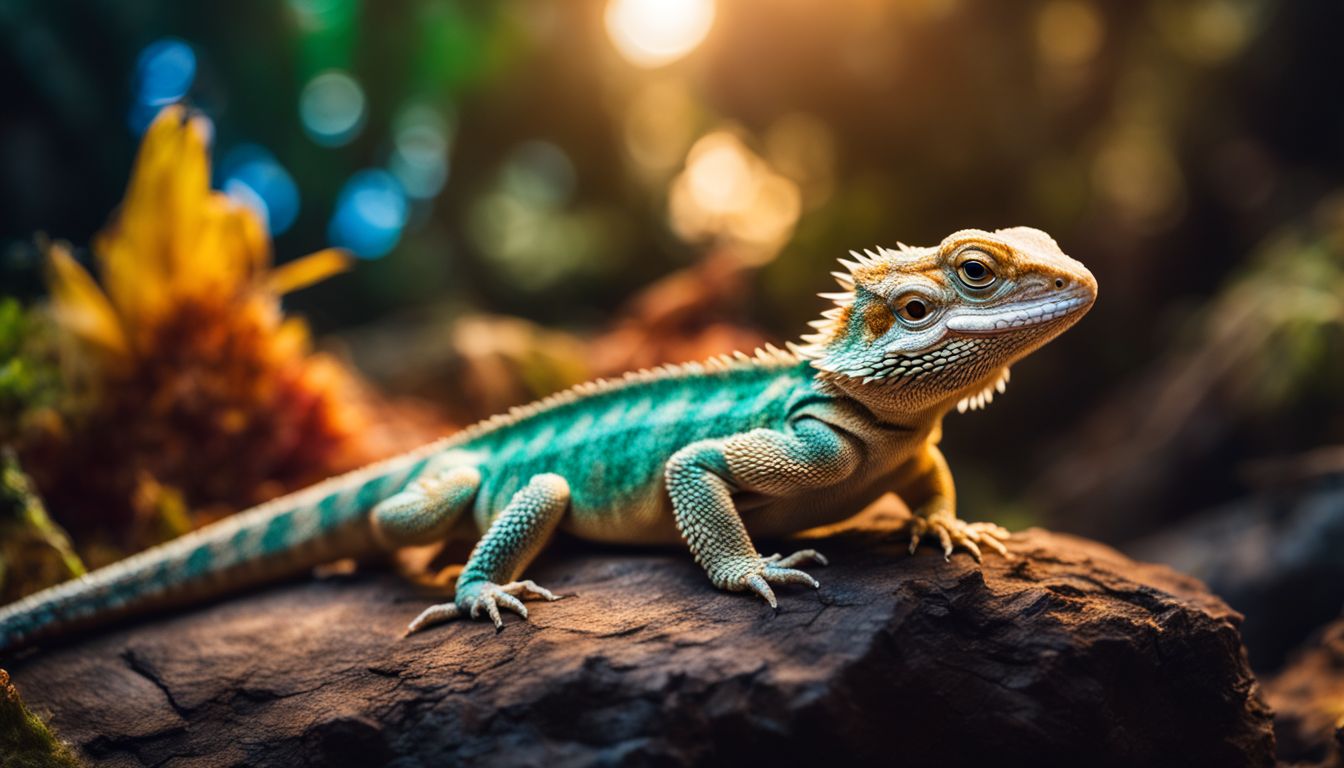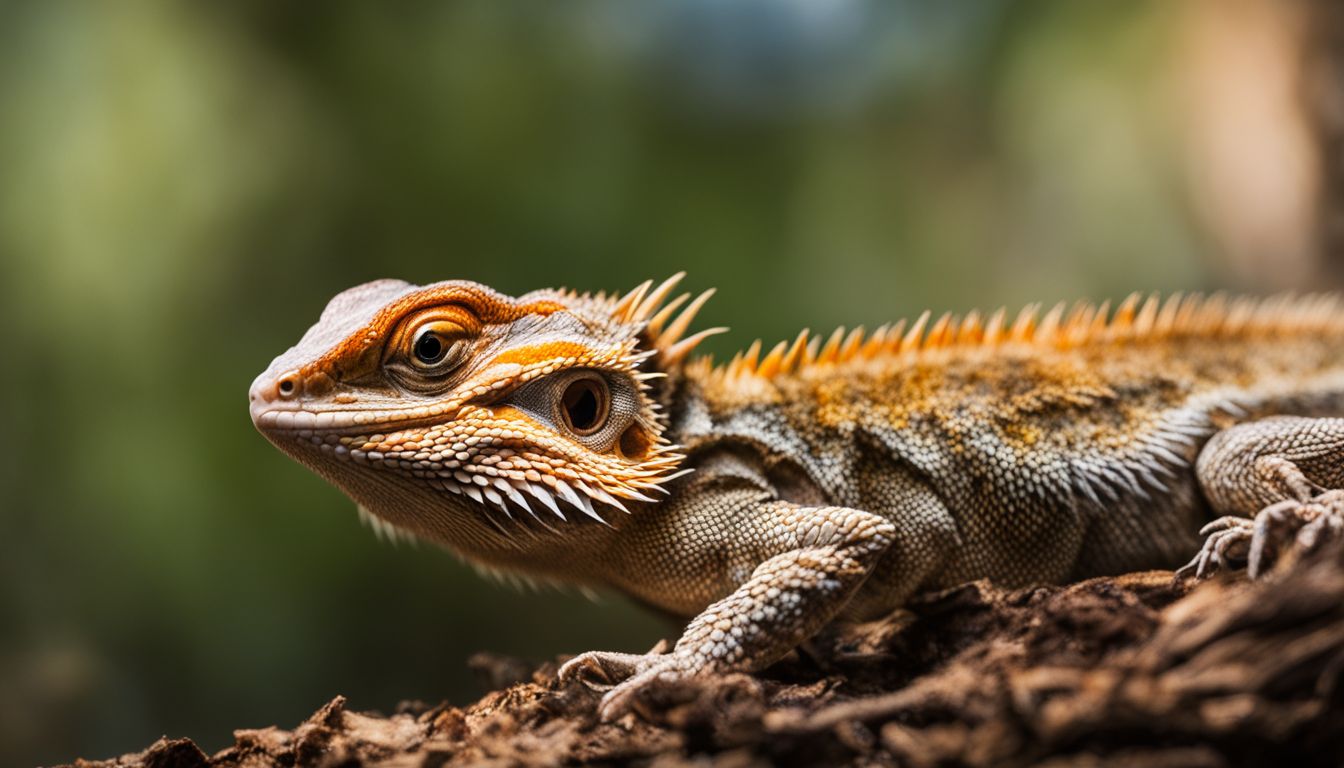Have you noticed more spiders skittering around your home lately? Spiders are drawn inside for a few key reasons, like chasing down their next insect meal. Our blog post will unravel the mystery of spider attractions and share practical tips to keep them at bay.
Stay tuned to make your home less inviting to these eight-legged guests!
Key Takeaways
- Spiders are attracted to homes because they hunt for prey like flies and mosquitoes, seek shelter from extreme weather, and thrive in moisture-rich environments.
- Indoor lighting can inadvertently attract spiders by drawing in the insects that they feed on. They also seek out quiet areas for mating and breeding, as well as accidentally find entry points while in search of prey or shelter.
- To minimize spider attraction, seal entry points effectively, reduce indoor insect populations, such as ants and flies, and employ natural deterrents like peppermint oil and spider-repelling plants.
Primary Draws: Why Spiders Enter Your Home
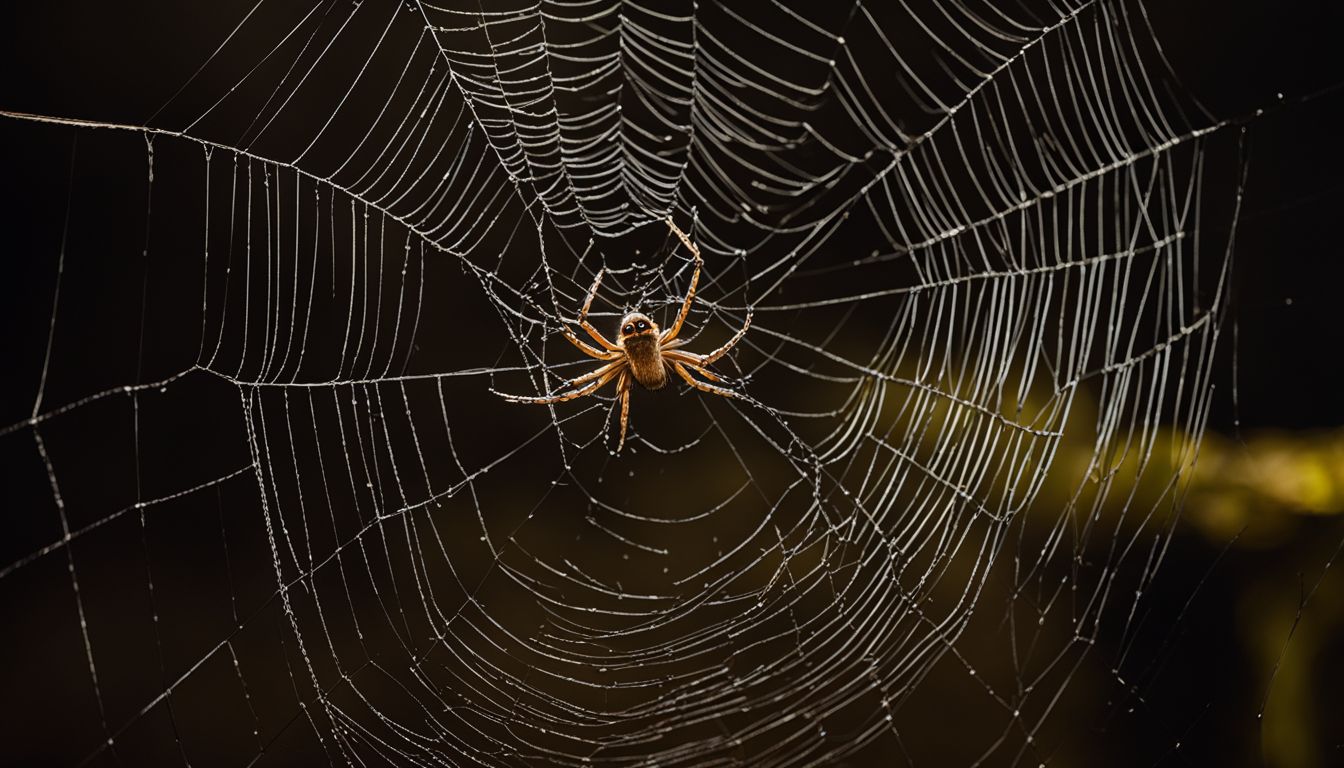
Spiders enter your home primarily to hunt for prey, seek shelter from extreme weather, and thrive in moisture-rich environments. Understanding these factors can help you minimize their attraction to your living spaces.
The Hunt for Prey
Spiders come into your house looking for food. They love to munch on insects like flies, mosquitoes, and moths. If you have lots of bugs at home, spiders will think it’s a great place to get a meal.
They spin webs in corners, under furniture, or in basements and crawl spaces to catch these insects.
Your trash might be bringing more spiders inside too. It’s not the garbage they want; it’s the insects that hang around the waste. So if you keep trash indoors or near your house, you’re setting up a dinner table for spiders and their prey.
Keep things clean and take out the trash often to make your home less tasty for them!
Seeking Shelter from Extreme Weather
In cold months, spiders look for warm places to stay. They don’t like the chill outside and want to be cozy. Your home has lots of spots that are just right for them. Places like dark corners or behind furniture give spiders a good hideout from the cold.
These spots make them feel safe.
The warmth in your house is perfect for hibernation during winter. Spiders crawl in to take a long nap away from freezing weather. They might sneak through tiny cracks or open windows.
Once inside, they find quiet places where they won’t be bothered.
As spiders hide from the cold, they also search for water to drink. Let’s talk about how moisture-rich environments draw them in next.
Moisture-Rich Environments
Just as spiders seek shelter, they also find spots that are damp and full of insects. Some types of spiders, like house spiders, really like places with lots of moisture in the air.
Think about areas in your home like attics or basements – these often have more moisture and are a big “Welcome!” sign for spiders.
Spiders don’t just come for the wet feeling; they’re after bugs that love water too, such as mosquitoes and roaches. So it’s not only about the humidity – a place with both water and food is perfect for them! And if you’ve got rooms where there is lots of clutter or darkness on top of the dampness, expect to find more eight-legged guests hanging around.
Secondary Factors Contributing to Spider Intrusion
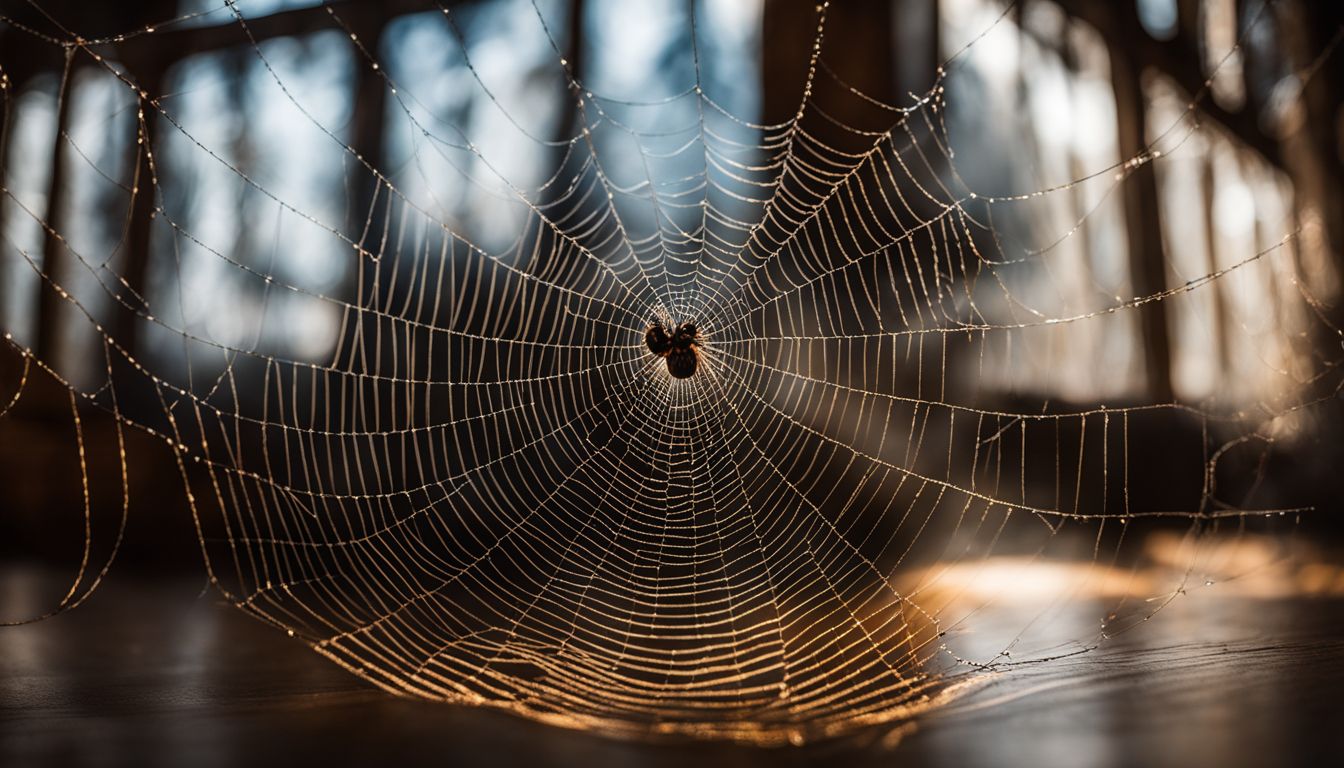
Spiders are also drawn to indoor lighting, making them more likely to enter your home. Additionally, they may seek out areas for mating and breeding, as well as accidentally find entry points while in search of other prey or shelter.
The Lure of Indoor Lighting
Some spiders are attracted to indoor lighting because it draws in the insects that they eat. While most common house spiders are not directly drawn to light, having bright lights at night can unwittingly entice them as they attract their prey.
LED lights, for example, may inadvertently bring in spiders by attracting the insects that spiders feed on. Although some spiders prefer dark spaces, others are indeed attracted to light sources due to this indirect lure of food.
Now let’s move on to “The Quest for Mating and Breeding Spots” and explore how this factor contributes to spider intrusion into homes.
The Quest for Mating and Breeding Spots
Spiders are drawn to indoor spaces because they search for safe spots to mate and lay eggs. They particularly look for quiet, undisturbed areas such as closets, attics, and crawlspaces where they can build webs without interference.
Additionally, some spiders prefer environments with plenty of moisture as it creates a suitable habitat for their egg sacs and spiderlings to thrive. Male wolf spiders produce vibrations and visual cues to attract females for mating purposes, contributing to the presence of more spiders in an area.
Overall, the quest for mating and breeding spots plays a significant role in attracting spiders into homes or other indoor spaces.
Accidental Entry Points
Accidental entry points in the home can let spiders inside.
- Cracks or gaps around windows and doors create easy access for spiders.
- Gaps in weather – stripping on doors can be an inviting pathway for spiders to enter.
- Gaps around pipes, cables, and wires provide sneaky entrances for spiders to slip through.
- Vents and drains that aren’t properly sealed may serve as pathways for spider intrusion.
- Damaged window screens with tears or holes present an opportunity for spiders to get indoors.
Understanding Spider Diets: What Spiders Are Attracted to for Feeding
Spiders are attracted to places where there are insects for them to catch and eat. They make webs to trap their prey, which includes flies, mosquitoes, and other small bugs. Spiders also like areas near water because their prey is drawn to it.
Some spiders may eat smaller animals like worms too. It’s important to keep your home free of insects so that you don’t attract spiders inside.
Next, let’s look at some tips for minimizing spider attraction in your home.
5. Tips for Minimizing Spider Attraction.
Tips for Minimizing Spider Attraction
Sealing entry points is crucial to keeping spiders out of your home, and reducing indoor insect populations can also help limit their food source. Employing natural spider deterrents, such as essential oils, can also be an effective method for keeping spiders at bay.
Sealing Entry Points
To minimize the number of unwanted spider visitors in your home, it’s important to seal entry points effectively. Spiders can enter through small cracks and gaps in doors, windows, walls, and foundations. Here are some tips for sealing entry points:
- Use caulk or weather stripping to seal cracks around windows and doors.
- Repair any damaged screens on windows and vents to prevent spiders from entering.
- Install door sweeps on exterior doors to create a tight seal at the bottom.
- Fill gaps in the foundation and exterior walls with appropriate materials to block spider entry.
- Keep garage and shed doors closed when not in use, and ensure they have proper seals to prevent spiders from getting inside.
Reducing Indoor Insect Populations
Indoor insect populations can attract spiders, so reducing them is important. Here are some ways to minimize indoor insects:
- Keep food stored in airtight containers to prevent attracting pests like ants and flies.
- Regularly empty the trash and ensure bins have tightly sealed lids.
- Clean up spills and crumbs promptly to avoid attracting insects.
- Fix any leaking pipes or faucets to prevent creating a damp environment that attracts pests.
- Use screens on windows and doors to keep insects from entering the house.
Employing Natural Spider Deterrents
After reducing indoor insect populations, it’s essential to employ natural spider deterrents to keep these pests at bay. Here are some effective methods using natural compounds and plants:
- Use peppermint oil: Spiders dislike the strong scent of peppermint oil, so spraying it around entry points and corners can discourage them from entering your home.
- Consider chestnuts: Placing chestnuts strategically in different areas of your home can act as a natural repellent against spiders due to a chemical they contain that spiders dislike.
- Try lemon oil: The acidic nature of lemon oil not only refreshes the air but also deters spiders from making themselves at home in your space.
- Incorporate spider-repelling plants: Adding plants such as lavender, thyme, and citronella around the outdoor perimeters of your home can help ward off spiders.
- Combine methods for enhanced effectiveness: Using a combination of these natural deterrents can create a more comprehensive barrier against spider intrusion.
Conclusion
In conclusion, spiders are attracted to your home for various reasons. They come in to hunt for prey and find shelter from extreme weather. Spiders also seek out moisture-rich environments and places to mate and breed.
To minimize their attraction, seal entry points, reduce indoor insect populations, and use natural spider deterrents. By understanding what draws spiders in, you can take steps to keep them at bay without harming these beneficial pest controllers.
FAQs
1. What do spiders like to make their webs near?
Spiders often build their webs in places where they can catch food. This means they might put their spiderwebs near lights that attract bugs or in quiet corners.
2. Can cleaning up keep spiders away?
Yes, doing an environmental cleanup can reduce the places where spiders and their natural predators live and cut down on the insects they eat.
3. Are there ways to prevent spiders from coming inside?
You can use pest control methods to block holes and cracks in your home so spiders can’t get inside.
4. What should I do if I find a lot of spiderwebs around my house?
If you see many spiderwebs, it’s good to clean them up and take care of any pest problems that might be attracting the spiders.


